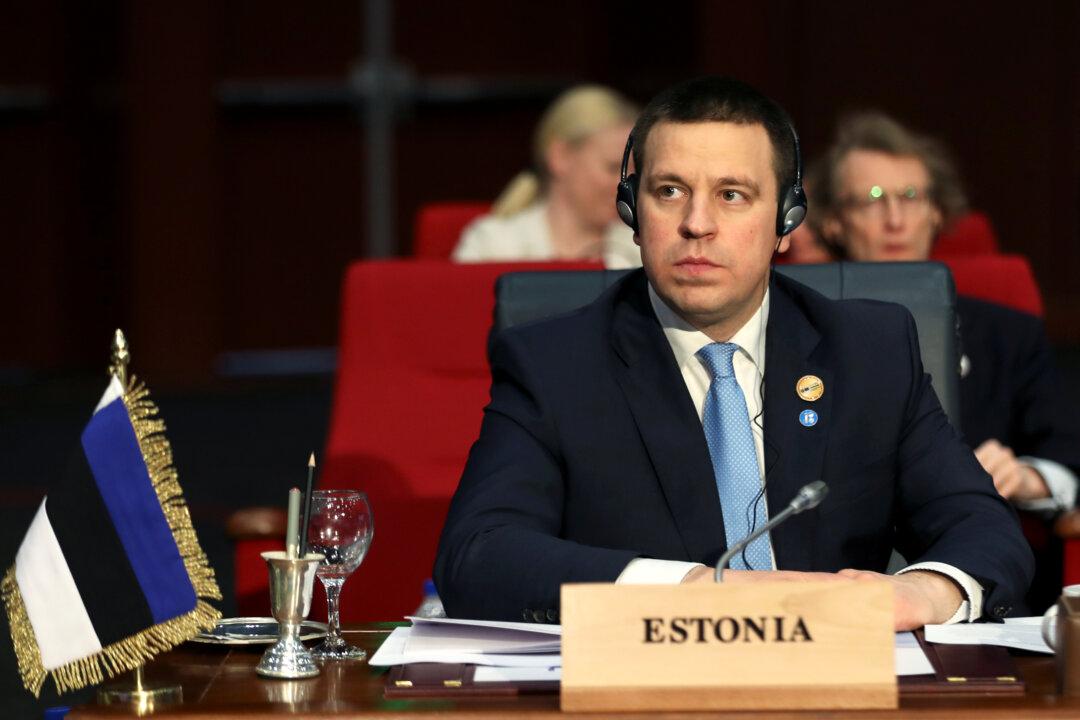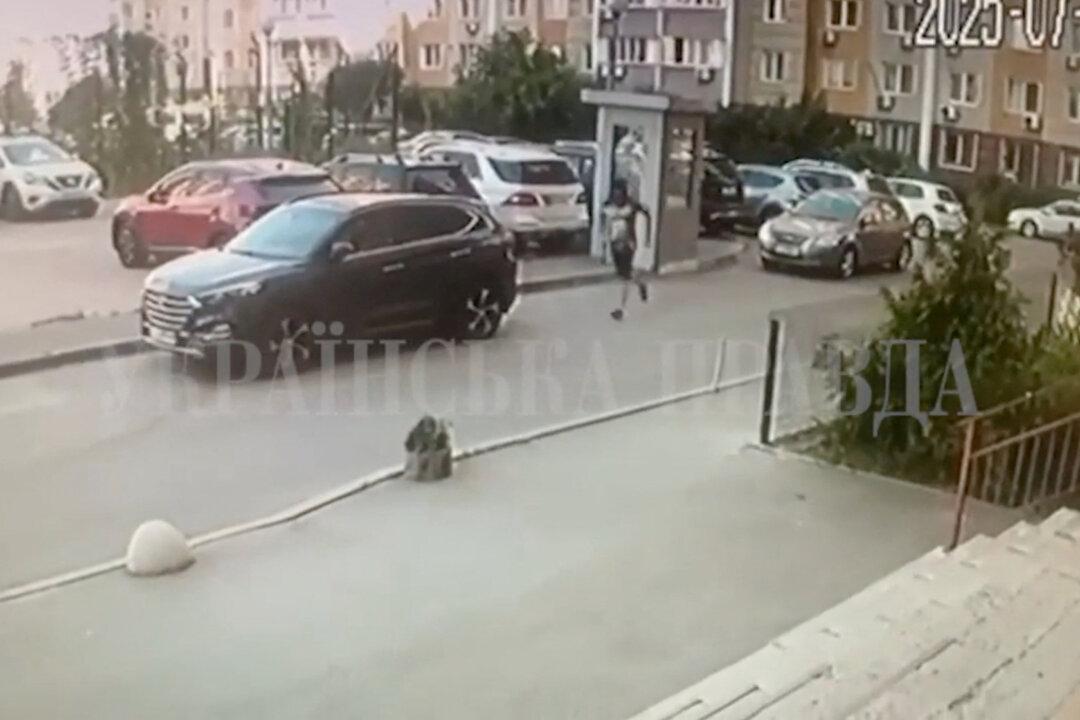TALLINN, Estonia—Estonian Prime Minister Juri Ratas has invited the right-wing EKRE to coalition talks, reversing a promise to block the anti-immigrant party from the Cabinet as he seeks to replace the coalition’s smallest partner, the Social Democrats.
The decision marks the first time the nationalist EKRE has had access to power, but forming the coalition is far from certain as Ratas’s Center party lost a March 3 election and the three possible coalition partners have differing views on several subjects, including Russian minority.





